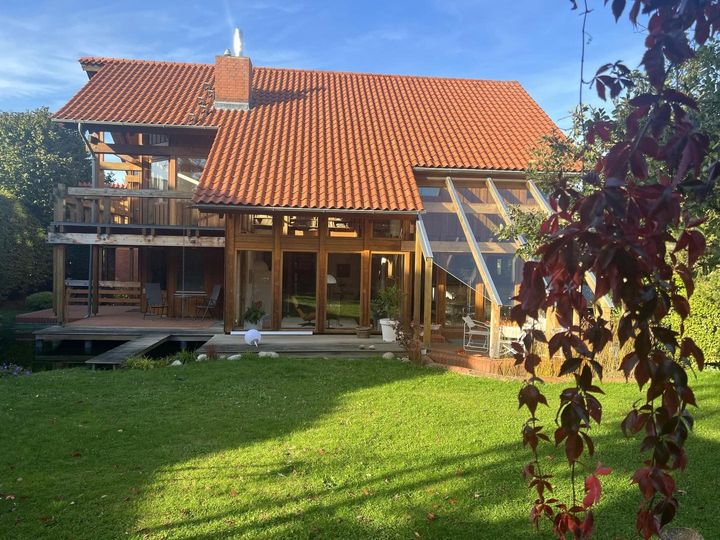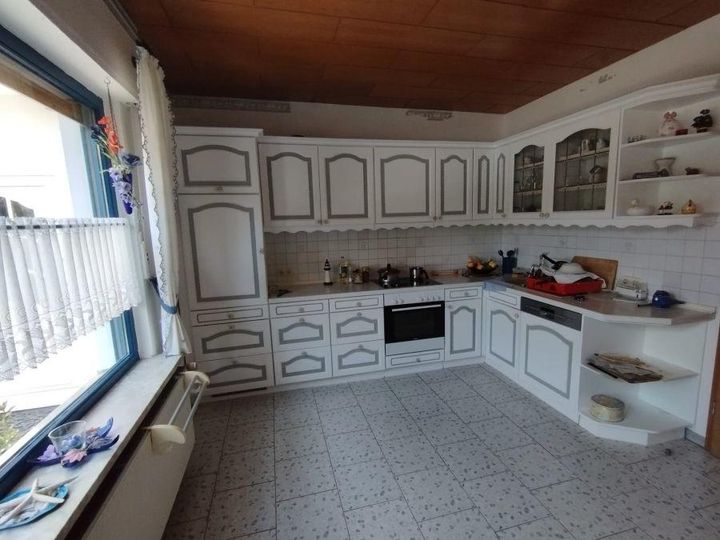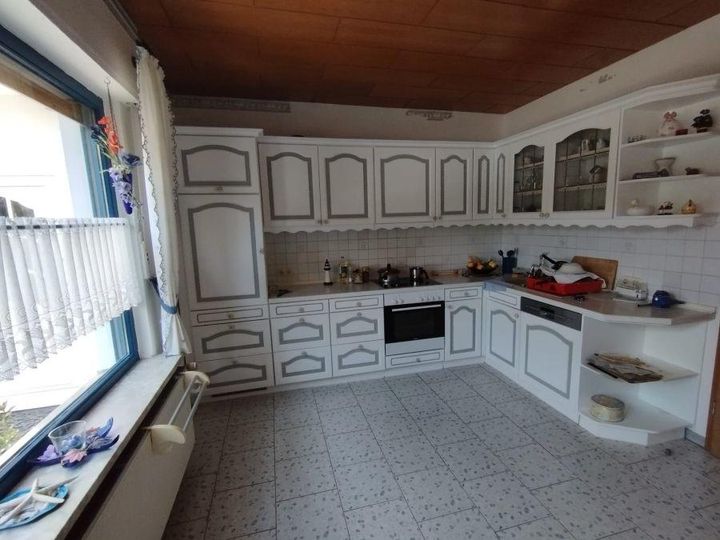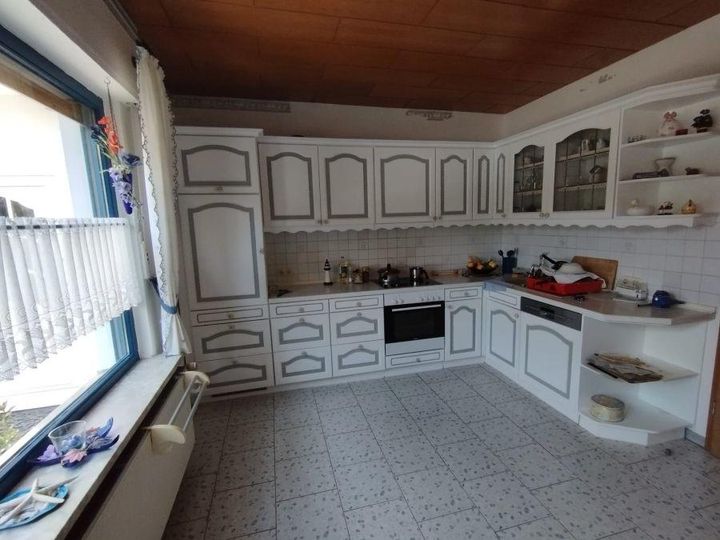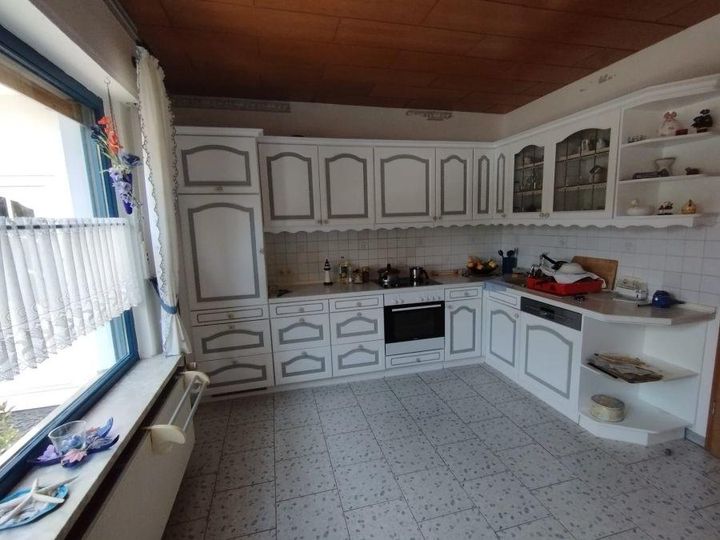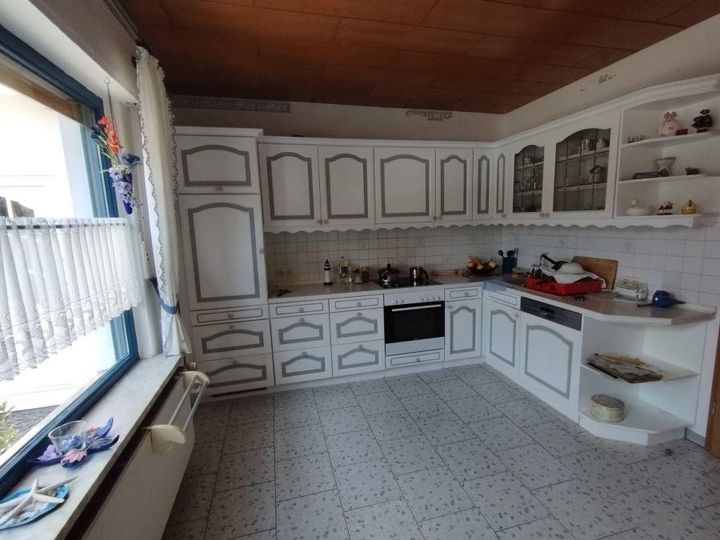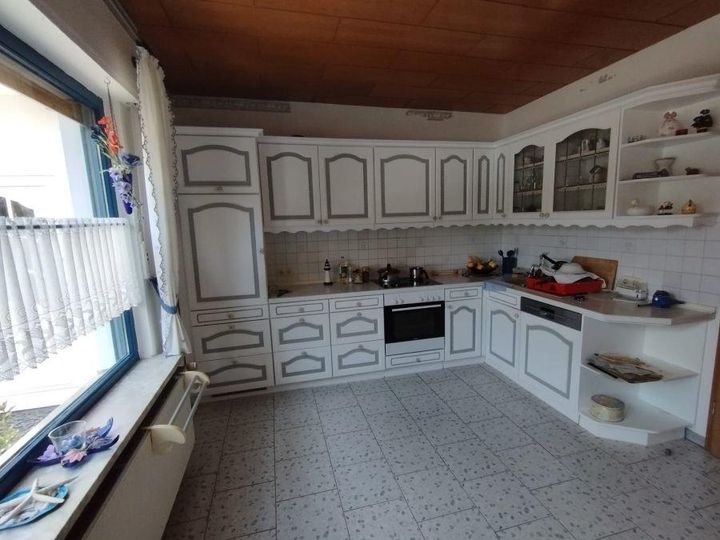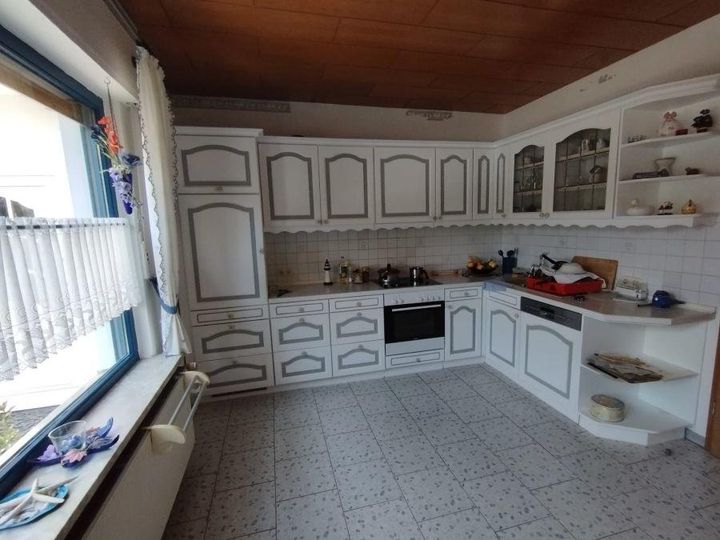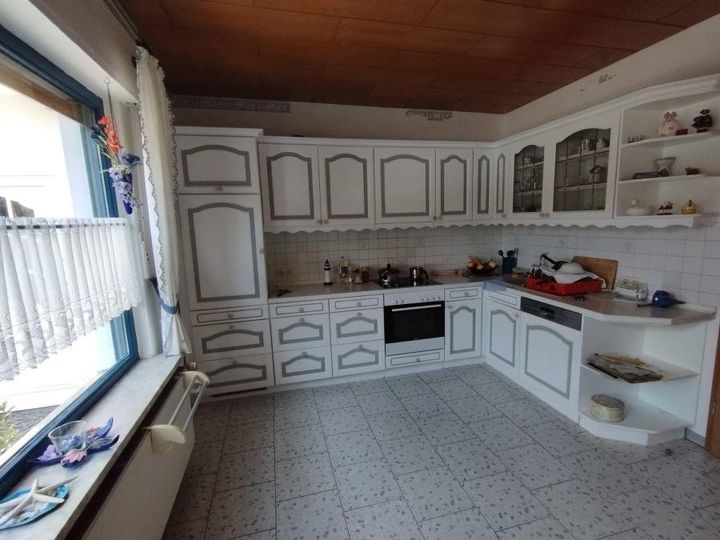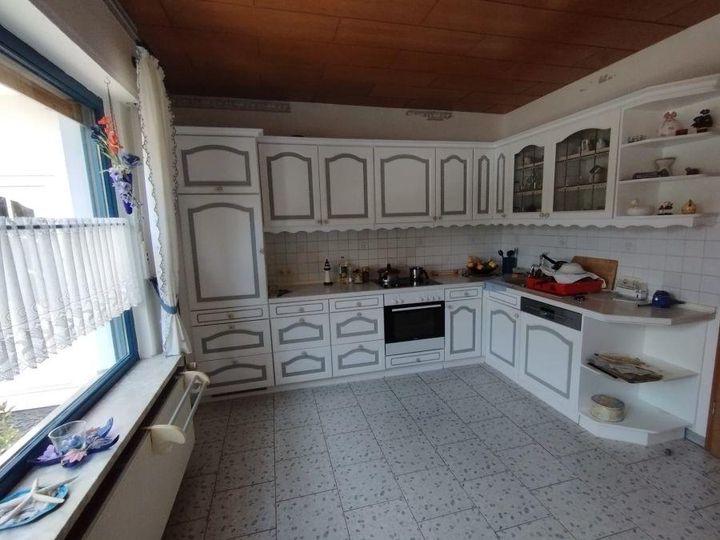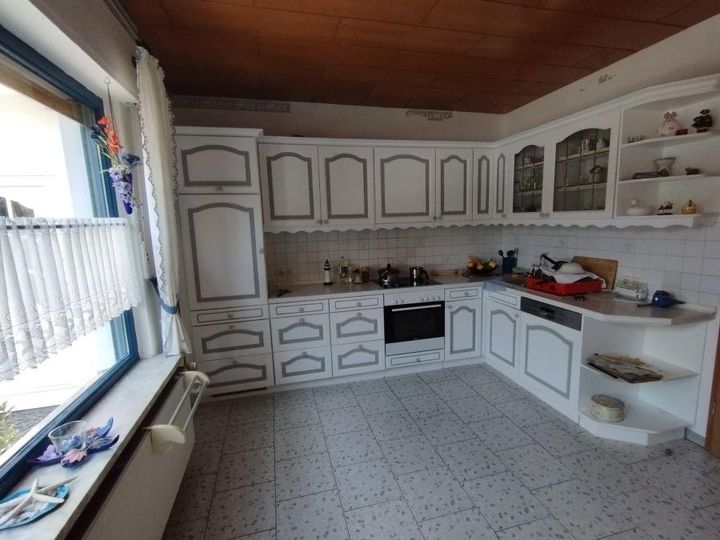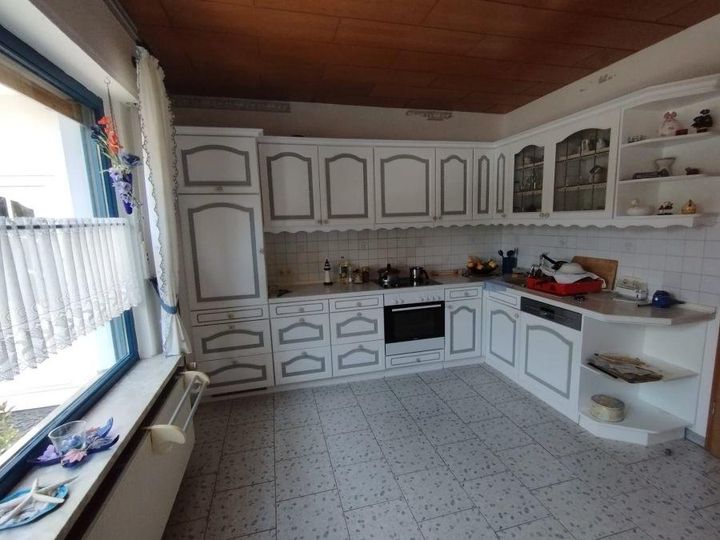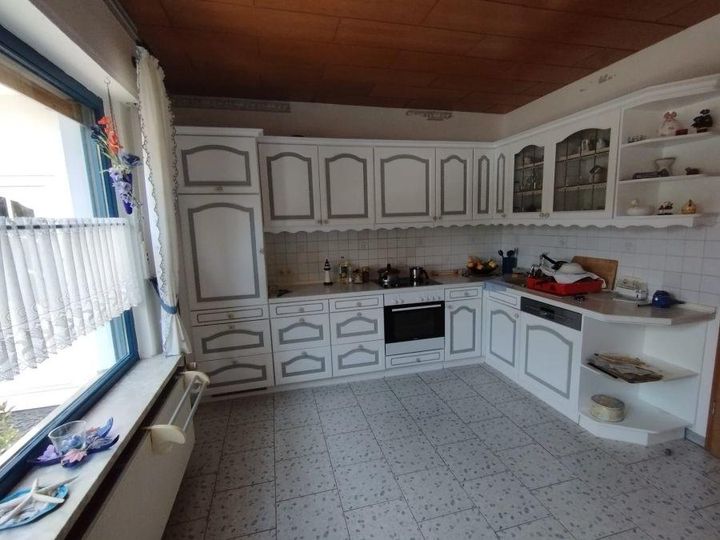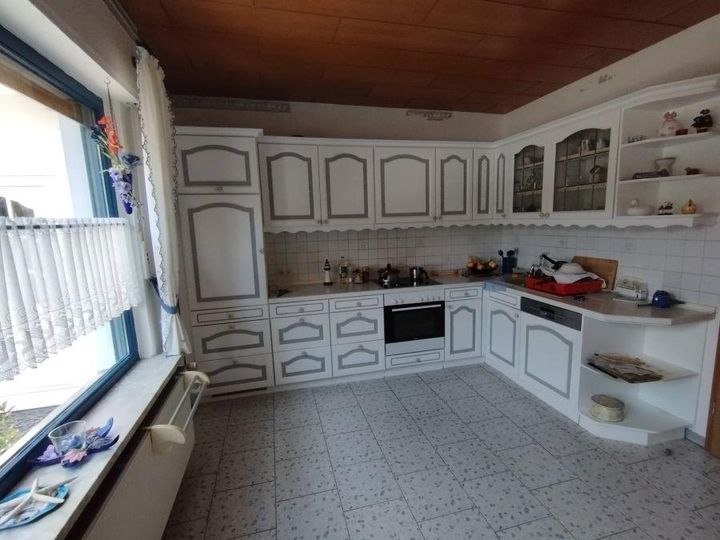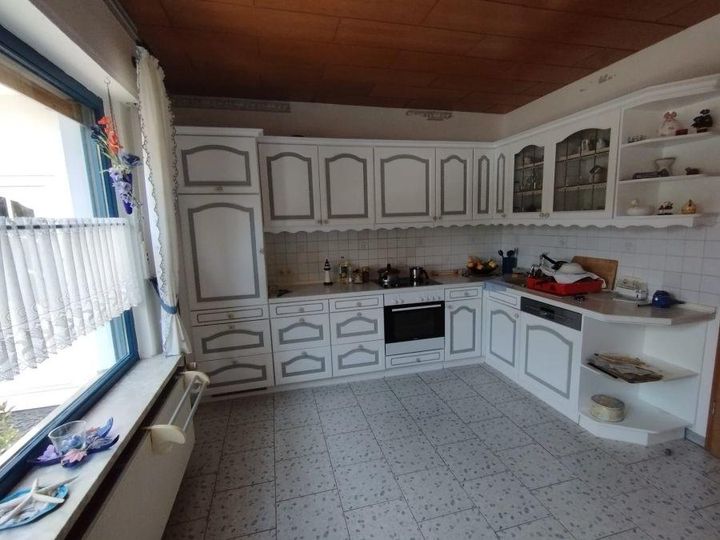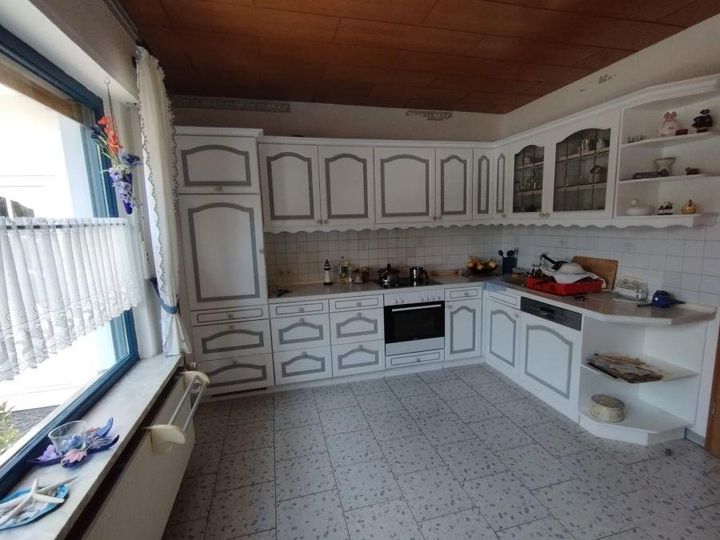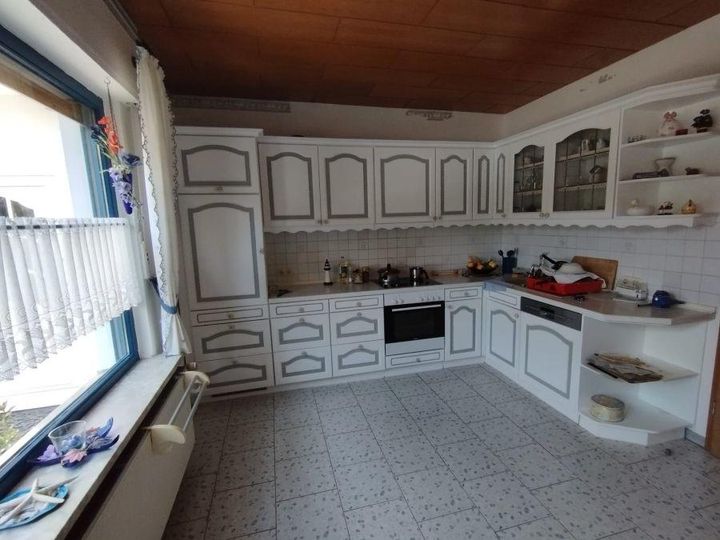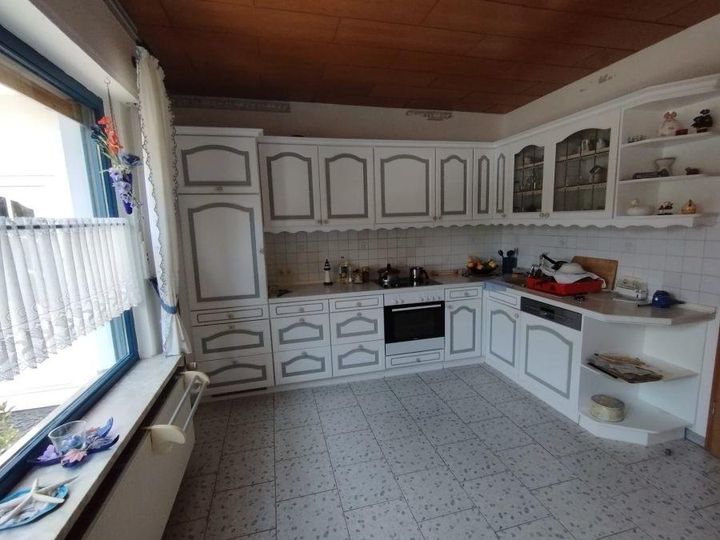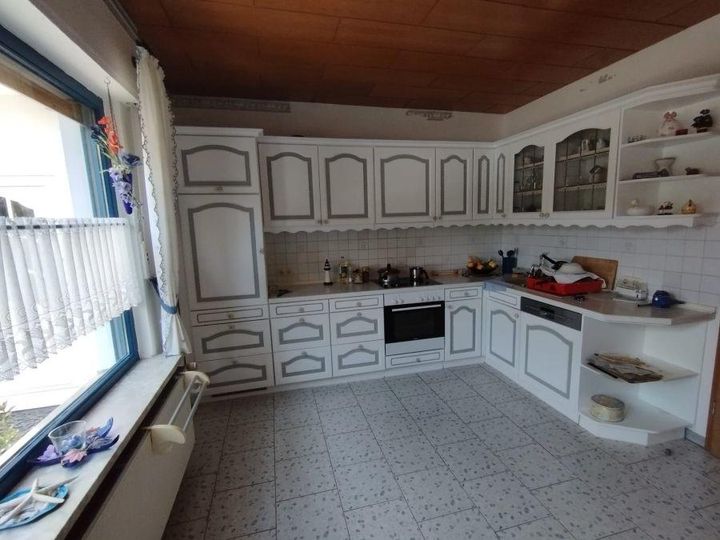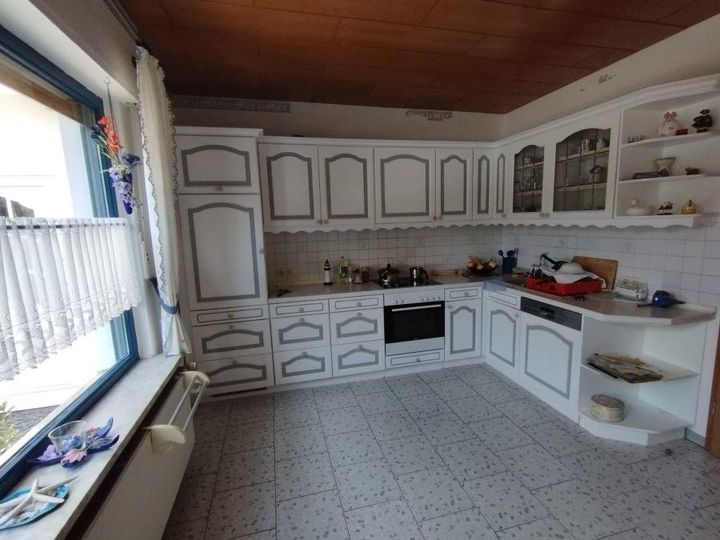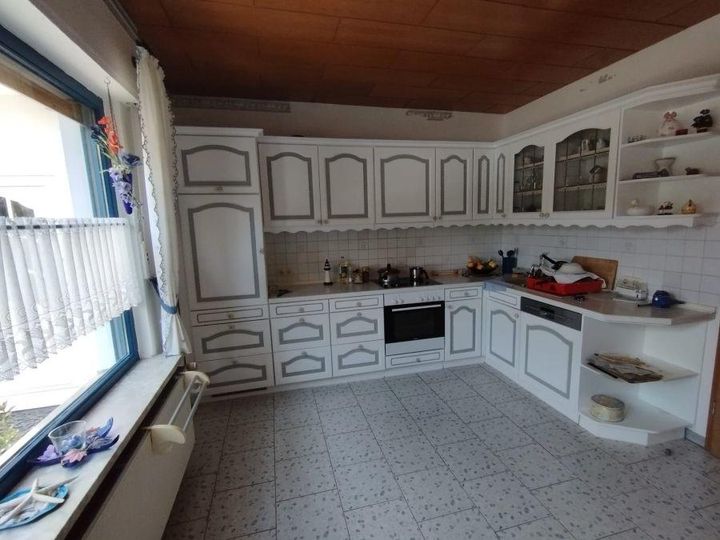Several factors influence real estate prices in Hildesheim. One major factor is the city's historical significance and cultural heritage, with landmarks such as St. Michael’s Church, a UNESCO World Heritage site, attracting interest in property markets. Proximity to educational institutions, including the University of Applied Sciences and Arts, also plays a role, as demand for rental housing rises among students. Additionally, economic conditions, such as employment rates in industries like manufacturing and services, impact residents' purchasing power. Transportation infrastructure, including the railway connections to Hanover and other cities, enhances Hildesheim's appeal, attracting commuters and contributing to price stability. Furthermore, local amenities such as parks, shopping centers, and healthcare facilities can drive desirability in certain neighborhoods, resulting in price variations across the city.
Hildesheim
Location
Price Range
Any price
Price Range
Minimum
No min
Maximum
No max
Property type
Show all
Property type
Show all
House
Apartment
Building
Other
Bedrooms
Any beds
Bedrooms
Minimum
No min
Maximum
No max
Surface Range
Any surface
Surface Range
Minimum
No min
Maximum
No max
Sale type
For sale
Sale type
Show all
To rent
For sale
Location
Apartments and houses for sale in Hildesheim
125 results
Recent
Hildesheim insights
| Aspect | Summary |
|---|---|
| Population | 103,000 |
| Average Property Price | 2,500 EUR/m² |
| Rental Yield | 5.2% |
| Average Rent | 10 EUR/m² |
| Occupancy Rate | 92% |
| Capital Growth Rate | 3% annually |
| Property Tax | 2.5% of property value |
| Transaction Costs | 7.5% including notary and registration |
| Expected ROI | 8% annually |
| Economic Growth Impact | Stable local economy with growth potential due to university presence |
Hildesheim FAQ
What factors affect real estate prices in Hildesheim?
How has the real estate market in Hildesheim changed over the past few years?
The real estate market in Hildesheim has experienced notable changes over the past few years, particularly with a significant increase in property prices. According to recent reports, the average price per square meter for residential properties has risen by approximately 15% since 2020, driven by an influx of new residents attracted to the city’s historical charm and growing employment opportunities. The demand for housing has also escalated due to the university's expansion, prompting more students and academic staff to seek accommodation. This increase in demand has led to a surge in new construction projects, including modern apartment complexes in previously underdeveloped areas like the city's outskirts. Additionally, the COVID-19 pandemic resulted in a shift in buyer preferences, with many opting for larger homes with outdoor spaces, further fueling the appreciation in suburban property values. Rental prices have followed suit, with some neighborhoods experiencing rents that have increased by as much as 20% over the last two years, making it a competitive market for renters.
What is the average price per square meter in Hildesheim?
The average price per square meter in Hildesheim varies depending on the location and property type. As of 2023, residential properties in central areas like Hildesheim's city center can range from approximately €2,500 to €3,200 per square meter. In more suburban neighborhoods, prices typically drop to around €1,800 to €2,400 per square meter. For instance, areas near the historic Old Town, which attract both locals and tourists, tend to command higher prices due to their charm and proximity to amenities. Conversely, in outskirts or less desirable neighborhoods, prices can fall below €1,800, appealing to budget-conscious buyers. Additionally, new developments or modern apartments often come at a premium, sometimes exceeding €3,500 per square meter. These fluctuations reflect both demand and the specific characteristics of the properties available.
Are property prices in Hildesheim higher in certain neighborhoods?
Property prices in Hildesheim can vary significantly depending on the neighborhood. Areas such as the historic city center, known for its charming half-timbered houses and proximity to cultural landmarks like St. Mary's Cathedral, often command higher prices due to their desirability and the convenience of urban amenities. Conversely, neighborhoods like Moritzberg, which are slightly further from the city center and offer a more suburban feel, tend to have more affordable housing options. Additionally, the Fischerstraße district has seen a rise in interest due to its developing infrastructure and community projects, resulting in a gradual increase in property values. Meanwhile, neighborhoods like Neuhof may offer lower price points, appealing to buyers looking for budget-friendly options.
What trends are currently influencing real estate prices in Hildesheim?
Real estate prices in Hildesheim are currently influenced by several key trends. One significant factor is the increased demand for housing due to the city's status as a university town, with institutions like the University of Hildesheim attracting students and professionals. This has led to a surge in rental prices, particularly in areas close to the university. Additionally, the ongoing development of infrastructure, such as improved public transportation links to Hannover, is making Hildesheim more accessible, contributing to rising demand for both residential and commercial properties. The local economy is also seeing growth, especially in sectors like technology and healthcare, which can further drive up real estate prices. Moreover, the trend towards remote work has encouraged individuals and families to consider suburban areas like Hildesheim as viable alternatives to larger cities, which has increased competition for properties. Lastly, the low-interest-rate environment has made borrowing more affordable, incentivizing home purchases and escalating prices in desirable neighborhoods.
How do property prices in Hildesheim compare to nearby cities?
Property prices in Hildesheim are generally lower compared to several nearby cities, making it an attractive option for potential buyers. For instance, in Hanover, just a short train ride away, average property prices can be significantly higher, reflecting its larger size and economic opportunities. In contrast, Hildesheim offers more affordable housing options, with average property prices hovering around €2,000 to €2,500 per square meter, depending on the neighborhood. Cities like Göttingen and Braunschweig also exhibit higher average prices, often ranging from €2,500 to €3,500 per square meter. This disparity is partly due to Hildesheim’s smaller population and lesser demand compared to its larger counterparts, which feature more extensive amenities and job markets. Additionally, Hildesheim's historical charm and cultural sites may influence demand, but overall, it remains a more economically accessible option in the region.
What should I know about the cost of living when buying real estate in Hildesheim?
When considering the cost of living in Hildesheim for real estate investment, it's essential to analyze various factors that influence overall expenses. Housing prices in Hildesheim tend to be more affordable compared to larger cities like Hannover or Göttingen, with average property prices hovering around €2,000 to €3,000 per square meter for residential areas. Monthly rental rates are also relatively low, typically ranging from €8 to €12 per square meter, depending on the property condition and location. Homebuyers should account for additional costs such as notary fees, which can be around 1.5% to 2% of the purchase price, and property transfer tax, which in Niedersachsen is about 6.5%. Maintenance and utility costs in Hildesheim are generally moderate, with average monthly costs for electricity and heating around €200 to €300 for a small apartment. Furthermore, the city has a well-connected public transport system, which can reduce commuting costs, yet it’s beneficial to evaluate local amenities and services, as their proximity can impact future property values and overall living expenses.





